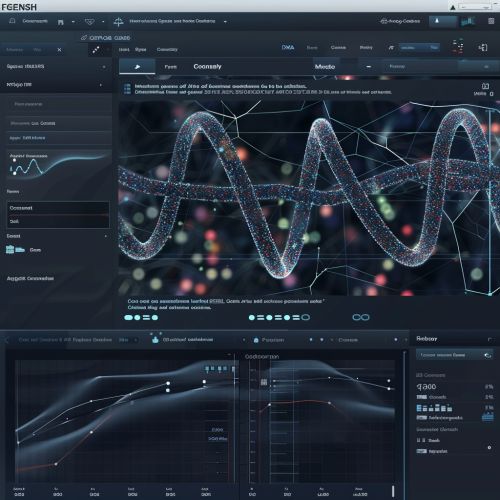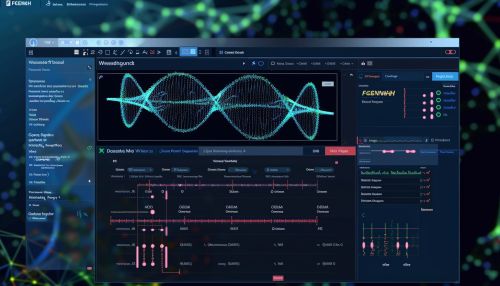FGENESH
Overview
FGENESH is a suite of programs developed for the prediction of potential protein-coding genes in genomic DNA sequences. It is a part of the Softberry suite of bioinformatics tools, which are widely used in the field of genomics and bioinformatics. The FGENESH program uses a Hidden Markov Model (HMM) to predict the location and structure of genes in a DNA sequence. It is capable of predicting both single and multiple-exon genes, making it a versatile tool for gene prediction.


History and Development
The development of FGENESH began in the early 1990s, with the aim of creating a reliable and efficient tool for gene prediction. The program was developed by a team of researchers at Softberry Inc., a company specializing in the development of bioinformatics software. The first version of FGENESH was released in 1997, and since then, it has undergone several updates and improvements to enhance its performance and accuracy.
Functionality
FGENESH uses a probabilistic model known as a Hidden Markov Model (HMM) to predict the location and structure of genes in a DNA sequence. The HMM used by FGENESH is trained on a large set of known genes, which allows it to accurately predict the location of genes in a DNA sequence. The program is capable of predicting both single and multiple-exon genes, and can also predict the location of introns and untranslated regions (UTRs) in a gene.
The FGENESH program can be used to analyze both prokaryotic and eukaryotic DNA sequences. However, the accuracy of the program's predictions can vary depending on the complexity of the genome being analyzed. For example, FGENESH tends to be more accurate when analyzing simpler prokaryotic genomes compared to more complex eukaryotic genomes.
Usage
To use FGENESH, a user must first input a DNA sequence into the program. The program then analyzes the sequence and predicts the location and structure of any potential genes. The results of the analysis are presented in a graphical format, with different colors used to represent different parts of the gene (e.g., exons, introns, UTRs).
FGENESH can be used as a standalone program, or it can be integrated into other bioinformatics software. The program is compatible with a variety of operating systems, including Windows, Linux, and Mac OS X.
Limitations
While FGENESH is a powerful tool for gene prediction, it is not without its limitations. One of the main limitations of FGENESH is that it relies on a training set of known genes to make its predictions. This means that the program may not be able to accurately predict the location of genes that are significantly different from those in its training set.
Additionally, while FGENESH is capable of predicting the location of introns and UTRs, it is not always accurate in these predictions. This is because the location of introns and UTRs can vary greatly between different genes, making them difficult to predict accurately.
